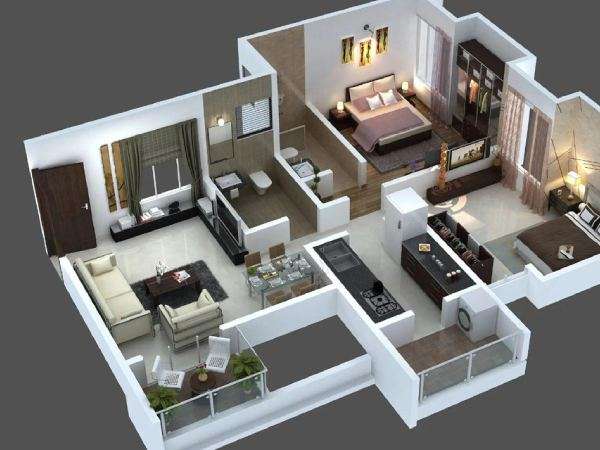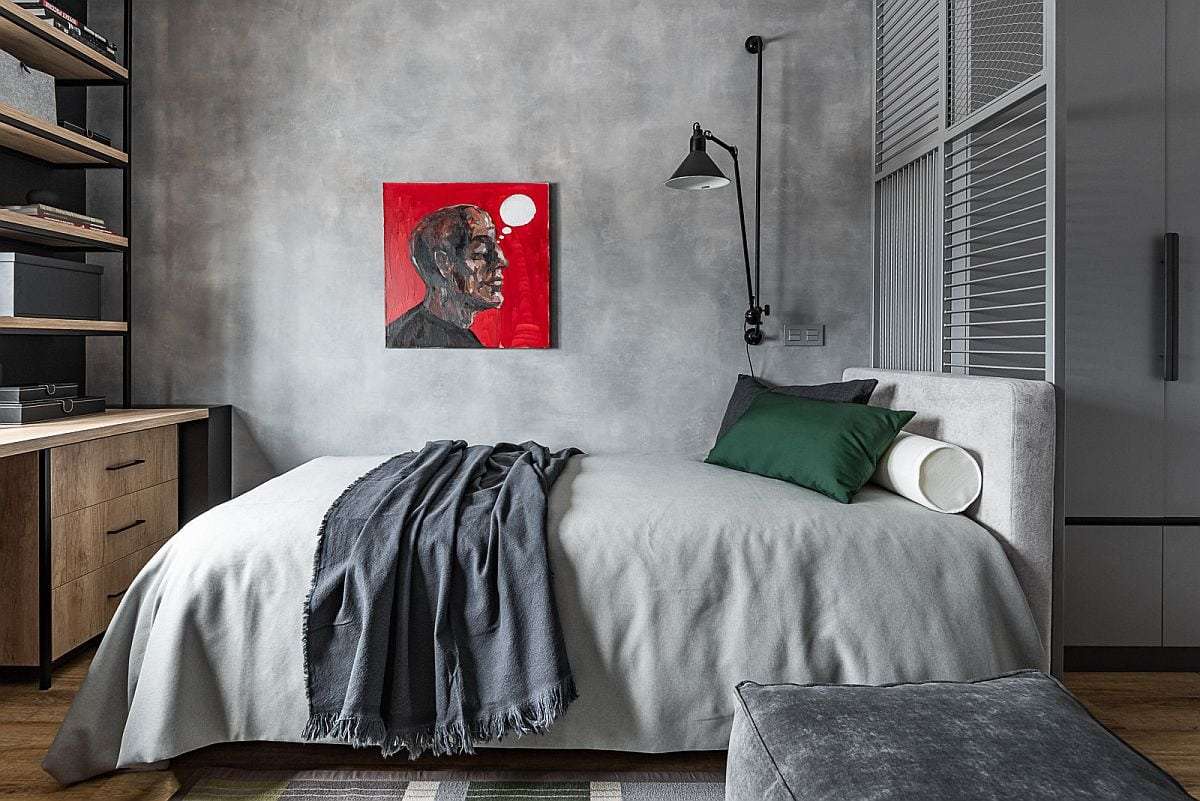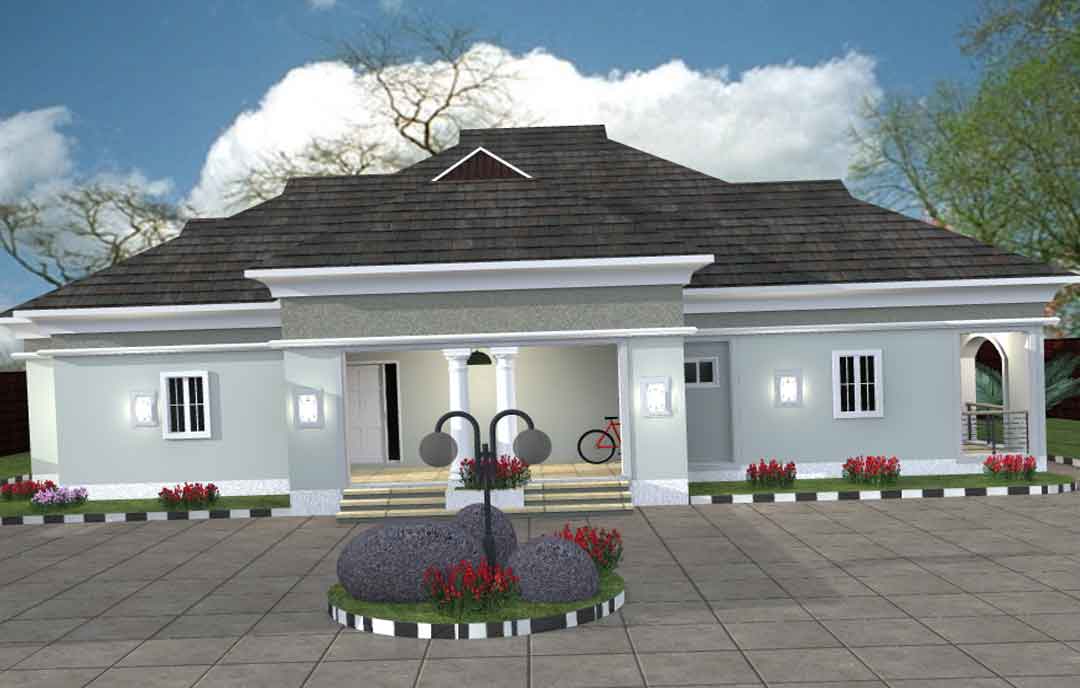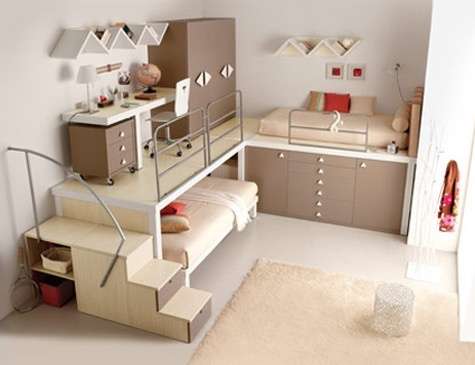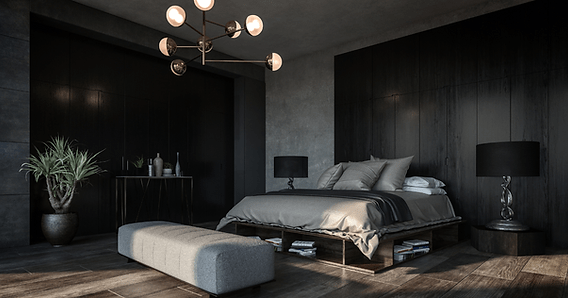Crafting the perfect interior for a small, two-bedroom house requires a delicate balance of maximizing space, enhancing functionality, and expressing personal style․ The challenge lies in creating a comfortable and inviting environment without feeling cramped or cluttered․ Successful 2 bedroom small house interior design prioritizes smart storage solutions, strategic furniture placement, and a cohesive color palette to achieve a sense of spaciousness and harmony․ Ultimately, the goal is to transform a compact dwelling into a stylish and practical home that reflects the unique needs and preferences of its inhabitants․ 2 bedroom small house interior design can be both fun and creative․
Maximizing Space in a Small House
Space is a precious commodity in a small house․ Clever design choices can make a significant difference in how spacious a room feels․
- Vertical Storage: Utilize shelves that extend to the ceiling․ Consider built-in storage around doorways or windows․
- Multi-Functional Furniture: Opt for furniture that serves multiple purposes, such as a sofa bed, a coffee table with storage, or an ottoman that doubles as a storage chest;
- Mirrors: Strategically placed mirrors can create the illusion of more space and reflect light, making a room feel brighter and larger․
Color and Light: Creating an Airy Atmosphere
The choice of color and lighting plays a crucial role in the overall ambiance of a small house․
Color Palette
Lighter colors, such as whites, creams, and pastels, reflect more light and make a room feel more open․ Consider using a monochromatic color scheme to create a sense of continuity and flow․
Lighting
Maximize natural light by keeping windows unobstructed․ Supplement natural light with a combination of ambient, task, and accent lighting․ Recessed lighting, track lighting, and strategically placed lamps can brighten up dark corners and create a more inviting atmosphere․
Furniture Selection and Placement
Choosing the right furniture and arranging it effectively is essential for optimizing space and functionality․
- Scale Down: Opt for furniture that is appropriately scaled for the size of the room․ Avoid bulky or oversized pieces that can overwhelm the space․
- Floating Furniture: Consider floating furniture, such as wall-mounted shelves or a floating entertainment center, to free up floor space․
- Strategic Placement: Arrange furniture to create clear pathways and avoid blocking natural light․
Comparative Table: Furniture Choices for Small Spaces
| Furniture Type | Small Space Solution | Traditional Option |
|---|---|---|
| Sofa | Apartment-sized sofa or loveseat | Oversized sectional sofa |
| Dining Table | Drop-leaf table or foldable table | Large, fixed-size dining table |
| Bed | Platform bed with built-in storage | Traditional bed frame with headboard and footboard |
Ultimately, designing the interior of a 2 bedroom small house requires careful planning and attention to detail․ With the right approach, it is possible to create a stylish, functional, and comfortable home that maximizes space and reflects your personal style․ Remember to declutter regularly and embrace minimalist principles to maintain a sense of spaciousness and order․ By focusing on smart storage, strategic furniture placement, and a cohesive design aesthetic, you can transform your small house into a cozy and inviting haven․ In this space, designing the perfect 2 bedroom small house interior design will be easy․
Now that we’ve covered the core principles, let’s delve into some specific room-by-room considerations for your two-bedroom haven․ Think of each space as a puzzle, and you are the architect of its comfort and efficiency․
THE LIVING ROOM: THE HEART OF YOUR HOME
Your living room is likely the first space guests will see, so it’s crucial to make a good impression․ This is where smart design really shines․ Consider a light-colored rug to visually expand the floor area; Opt for a coffee table with a lift-top mechanism – it can transform into a temporary dining surface or workstation in a pinch․ Wall-mounted TV units not only save floor space but also offer opportunities for hidden storage․ Remember, the goal is to create a welcoming atmosphere without sacrificing functionality․
ARRANGEMENT TIPS FOR THE LIVING ROOM
– Focal Point: Identify a focal point, such as a fireplace or a large window, and arrange furniture around it․
– Conversation Area: Create a comfortable conversation area by positioning sofas and chairs facing each other․
– Traffic Flow: Ensure that there is ample space for people to move around the room without bumping into furniture;
THE BEDROOMS: SANCTUARIES OF REST
Both bedrooms, even if one is smaller, should feel like peaceful retreats․ A calming color palette, such as muted blues, greens, or grays, can promote relaxation․ In the master bedroom, consider a headboard with built-in storage or shelving․ For the second bedroom, especially if it’s used as a guest room or home office, prioritize versatility․ A daybed can serve as both a seating area and a sleeping space․ A well-organized closet is also crucial to prevent clutter from spilling into the room;
CREATING A CALMING BEDROOM ENVIRONMENT
– Minimize Clutter: Keep surfaces clear of clutter to create a more serene atmosphere․
– Invest in Quality Bedding: Comfortable bedding is essential for a good night’s sleep․
– Block Out Light: Use blackout curtains or blinds to create a dark and restful environment․
THE KITCHEN: EFFICIENCY IN A SMALL SPACE
The kitchen often presents the biggest challenge in a small house․ Smart organization is key; Consider installing pull-out shelves in cabinets to maximize storage space․ A magnetic knife strip can free up counter space․ Utilize vertical space with wall-mounted spice racks or pot racks․ If possible, opt for appliances that are smaller in scale․ A well-designed kitchen, even a small one, can be a joy to cook in․
KITCHEN ORGANIZATION HACKS
– Declutter Regularly: Get rid of any items that you don’t use regularly․
– Utilize Wall Space: Hang utensils, pots, and pans on the wall to free up cabinet space․
– Invest in Organizers: Use drawer dividers, shelf organizers, and other organizers to keep your kitchen neat and tidy․
Finally, remember that your small house should be a reflection of you․ Don’t be afraid to experiment with different styles and ideas until you find what works best for your needs and preferences․ Personal touches, such as artwork, plants, and decorative accessories, can add character and warmth to your home․ By embracing creativity and resourcefulness, you can transform your small house into a stylish and comfortable haven that you’ll love coming home to․
